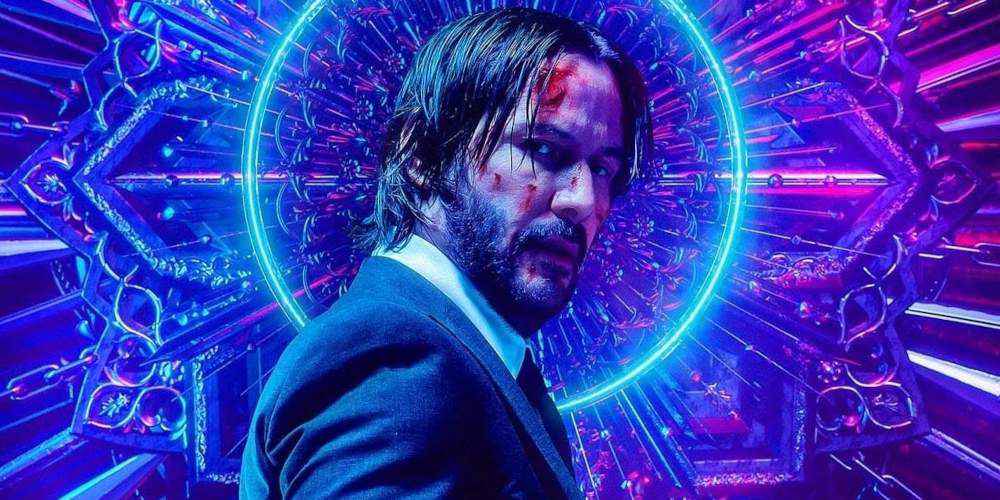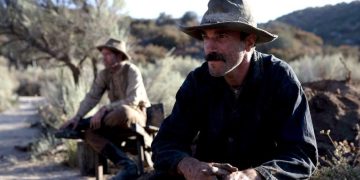When the first cinematic action heroes arrived on the big screen, they usually took the form of indomitable muscular men—ones who looked as though they could rip through a brick wall like it were paper.
Schwarzenegger, Stallone, you know what we're talking about. And the trend caught on! In the 80s and 90s, we got all kinds of movies where evil henchmen were dispatched with brute physical force, and it all carved out an essential place in movie history: the action movie genre.
But in the 21st century, the action movie genre changed. Audiences grew bored of the usual Arnold Schwarzenegger and Sylvester Stallone types running around with oversized weapons and slaughtering bad guys, all to the tune of clichéd plots that got worse by the year.
Hollywood studios realized that beefy men weren't the only characters who could lead in action-centric roles, and that plots didn't have to be overly simplified. Anybody could be an action hero.
Here are four major ways in which action movies changed in the 21st century, the films that popularized these changes, and the effect they had on cinema as a whole.
1. Gritty Realism (The Bourne Identity)
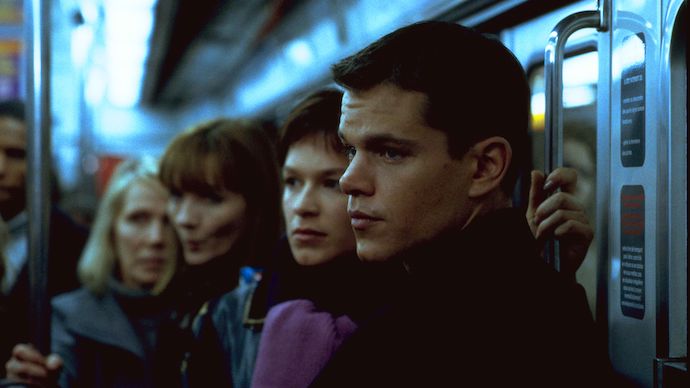
While action movies in the 80s and 90s felt fantastical and detached from reality, action movies in the 21st century have made themselves more grounded in the harsh realities of real life.
These days, action movies are built on the unfiltered consequences of the actions taken by characters, and that began with The Bourne Identity.
Matt Damon's Jason Bourne wasn't a muscle-bound monster. Rather, he was a slick, fast, and highly-skilled assassin. If action heroes from the 80s and 90s were warrior types, Jason Bourne was a rogue type.
The fact that Damon looked like a regular man walking down the street made Jason Bourne a character who could disappear in a crowd, making him near-impossible to track in urban environments.
And the film itself was anchored in realism. Remember, action movies in the 80s and 90s were consumed with high-octane explosions, outrageous special effects, and ridiculous fight scenes. The Bourne Identity threw most of that away but retained the thrills.
The Bourne Identity showed the world that there was massive potential in a grittier, low-key approach to action heroes and action scenes—and audiences loved the engaging reality of it.
To be clear: it's not that The Bourne Identity was the first film to showcase this kind of action, but it was the first film to knock the concept out of the park and cement itself in pop culture.
After The Bourne Identity, even the James Bond film franchise took notice and underwent a tonal shift—from the gadget-laden and over-sexualized Pierce Brosnan entries to the darker and more brutal realities of the British spy in Daniel Craig's Casino Royale.
2. Comic Book Superheroes (Iron Man)
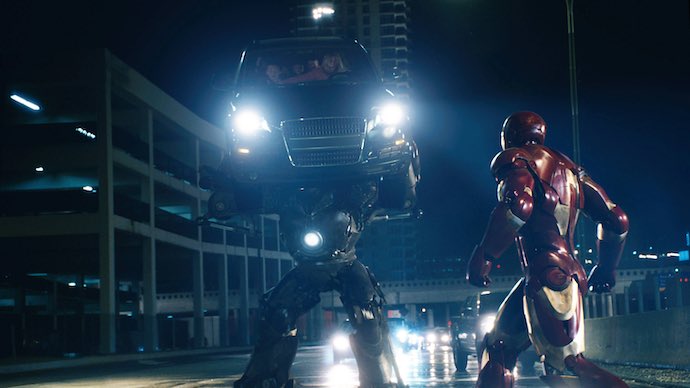
On its own, Iron Man wasn't a phenomenal film. Sure, it was well-made and fun, but it did lack in some areas. The primary reason why it's so iconic today is because it paved the way for the MCU.
Marvel's Cinematic Universe has blown all competition away with the collective might of its comic book heroes. It culminated in 2019's Avengers: Endgame and Tony Stark's sacrificial play to destroy Thanos and save the world—while collecting $2.7 billion at the box office.
In some alternate universe, Iron Man wasn't a success and there is no Marvel Cinematic Universe, no DC Extended Universe, no deluge of superhero movies, no mainstream love for comic book superheroes.
That's how influential Iron Man was, and today's action movie genre is exploding with superhero movies because of it. That one plucky film about a B-list superhero showed everybody that mainstream audiences could take to comic book superheroes—if done a certain way.
The fact that Iron Man was so successful is a bit of a miracle, to be honest, and the world of action movies has been saturated with superhero characters in various forms ever since.
3. Emotional Action (Mad Max: Fury Road)
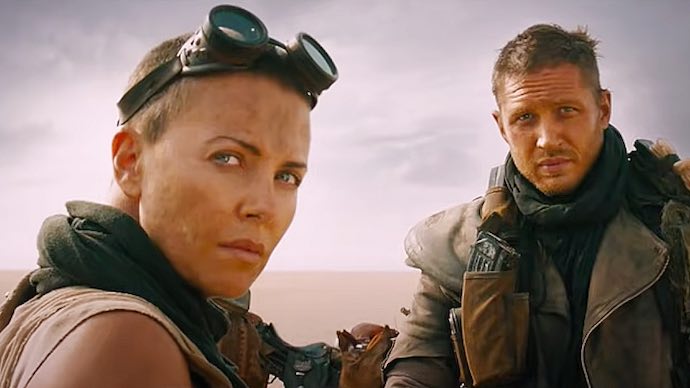
If there has ever been a word that better encapsulates a film in one turn with Mad Max: Fury Road, it would be: "intense." The operatic brutality of the film, combined with its vice-like grip on the emotional state of its audience, created a unique movie experience.
Nobody forgets watching Mad Max: Fury Road in cinemas. The pure, booming tone even kept watchers from going to the toilet during screenings, afraid that they'd miss something important.
Mad Max: Fury Road influenced 21st century action filmmaking is create a wholly bombastic experience that connected in a very personal way. Few action films have ever delved into the core of a character's most fragile emotional state, but Mad Max: Fury Road did it with ease.
Though the title features Max, the real star is Charlize Theron's Furiosa, who dominates the film with assured confidence. The movie's constant chase, which never relents on its brutal assault, wasn't afraid to marginalize its lead character in favor of another.
In the end, Mad Max: Fury Road is arguably the best action movie made thus far in the 21st century. George Miller's incredible film has changed how people think of modern action movies.
4. Stylized Fight Sequences (John Wick)
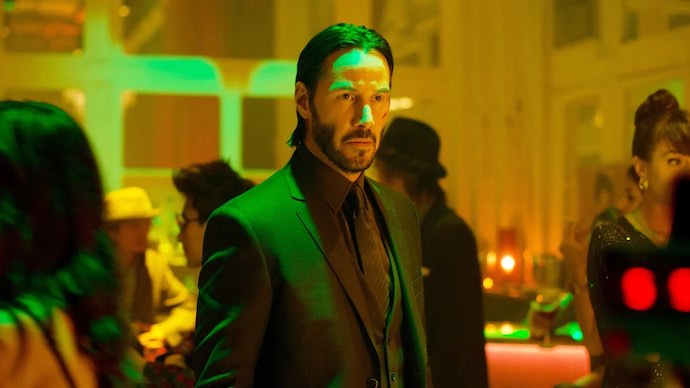
Before John Wick arrived in 2014, you have to keep in mind that action movie fight sequences still smelled like the 80s and 90s. Sure, the brawny meatheads were changed out for slimmer characters, but the actual fight choreographies were still rooted in the past.
But then with John Wick, the camera felt free for the first time. As though the New French Wave movement had only just reached the action movie genre, Wick spent much of his time moving through his enemies like a hot knife moves through warm butter.
The camera movement—which was achieved by having two camera operators at close range, freely moving alongside Wick—kept audiences in the middle of the fight and able to see every bead of sweat, every splatter of blood amidst John Wick's intense fights.
Aside from the freedom of movement, John Wick himself operated at a speed unlike any character before. He's hyper-aware of his surroundings during fight scenes, and he doesn't stop to think about how his plan is unfolding. He simply keeps moving.
This style has now permeated several action movies that came after it, and even 2022's The Batman had a Wick-like style to its fights, complete with close camerawork and grounded choreography, showcasing the reach of Keanu Reeves' action movie franchise.
Before John Wick, action movie fights were largely the same. Now, the genre's style has changed and learned new ways to draw people into its action while deepening its characters and stories.
